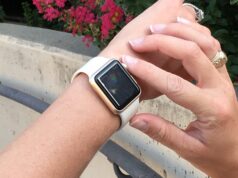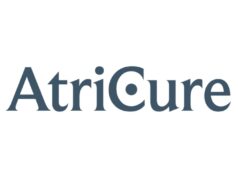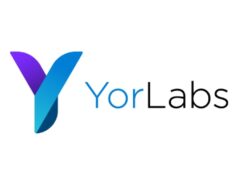By Angela Gonzalez
The results of the EchoCRT study show that cardiac resynchronisation therapy (CRT) does not reduce the rate of death or hospitalisation and may increase mortality in heart failure patients with a QRS duration of less than 130msec
Senior author Johannes Holzmeister (Clinic for Cardiology, University Hospital Zurich, University of Zurich, Zurich, Switzerland) presented the outcomes of the study at the European Society of Cardiology congress (ESC, 31 August–4 September, Amsterdam, The Netherlands).
The EchoCRT (Echocardiography guided cardiac resynchronisation therapy in patients with symptomatic heart failure and narrow QRS complex) trial results, also published in the New England Journal of Medicine, “reinforce the notion that, at least until new methods of assessment are developed, QRS width (with or without mechanical dyssynchrony) remains the primary determinant of response to CRT,” wrote, the first author of the study, Frank Ruschitzka, also from the Clinic for Cardiology, University Hospital Zurich, University of Zurich, and colleagues.
Holzmeister told delegates: “Many heart failure patients with a narrow QRS complex have mechanical dyssynchrony-a potential target for CRT. Off-label use, conflicting observational and small randomised trials data have created an imperative for a definitive outcome assessment of CRT in heart failure patients with a narrow QRS complex.” He told Cardiac Rhythm News: after the results of this study “off-label use should be discussed in the appropriate guideline committees to provide recommendations based on the EchoCRT data.”
The study enrolled 1,680 patients at 115 centres in the USA, Canada, Israel, Australia and Europe. From those, 809 patients with NYHA class III or IV heart failure, left ventricular ejection fraction of 35% or less, QRS duration of less than 130msec, and echocardiographic evidence of left ventricular dyssynchrony were suitable for randomisation. Four hundred and four patients were assigned to the CRT group and 405 to the control group. The latter remained only on the implantable cardioverter defibrillator (ICD) function of the device. Holzmeister noted: “On 13 March 2013, enrolment was stopped by the executive committee, on the recommendation of the independent data and safety monitoring board, on the basis of futility with a potential for harm.”
When the trial was halted, the primary outcome of the study (death from any cause or hospitalisation for worsening heart failure) occurred in 116 patients (28.7%) in the CRT group as compared with 102 patients (25.2%) in the control group (p=0.15). In total, there were 45 deaths in the CRT group and 26 in the control group (11.1% vs. 6.4%; p=0.02), Holzmeister reported.
In conclusion, he said: “Compared to optimal pharmacological therapy and an ICD, the addition of CRT does not improve clinical outcomes assessed by the combined endpoint of all-cause mortality and heart failure hospitalisation and may increase mortality in patients with systolic heart failure patients with a QRS duration <130msec.” However, he noted, “because this study was stopped for futility and still with a few amount of events, these data have to be interpreted with great caution.”
Cardiac Rhythm News spoke to Jagmeet Singh (director, Resynchronization and Advanced Cardiac Therapeutics Program at the Mass General Institute for Heart, Vascular and Stroke Care, Boston, USA) principal US investigator of EchoCRT about the outcomes of the study.
What is the importance of the EchoCRT results in clinical practice?
The EchoCRT findings put an end to the equipoise in the cardiac rhythm field suggesting that patients with a narrow QRS are not likely to benefit from CRT.
Importantly, the overall results of EchoCRT do not preclude the possibility that subsets of patients with narrow QRS and heart failure, not identifiable from the population employed in this trial, might benefit from CRT. Further research to identify such patients may be appropriate.
How does this trial differ from previous studies on this same subject?
The EchoCRT study is distinctive for the following reasons: i) This is the largest study undertaken in the narrow QRS population, ii) It was a randomised study that used the services of a core-lab to clearly define the presence and absence of mechanical dyssynchrony and iii) The study was powered to examine differences in hard endpoints such as mortality and hear failure hospitalisation.
What can you say with regards to the study results and the current widespread off-label use of CRT in patients with narrow QRS?
The study clearly concludes that the off-label use of CRT in the narrow QRS is inappropriate. The current off-label use of CRT in the narrow QRS patient would be unsubstantiated by the existing guidelines and now by the results of the EchoCRT study.









